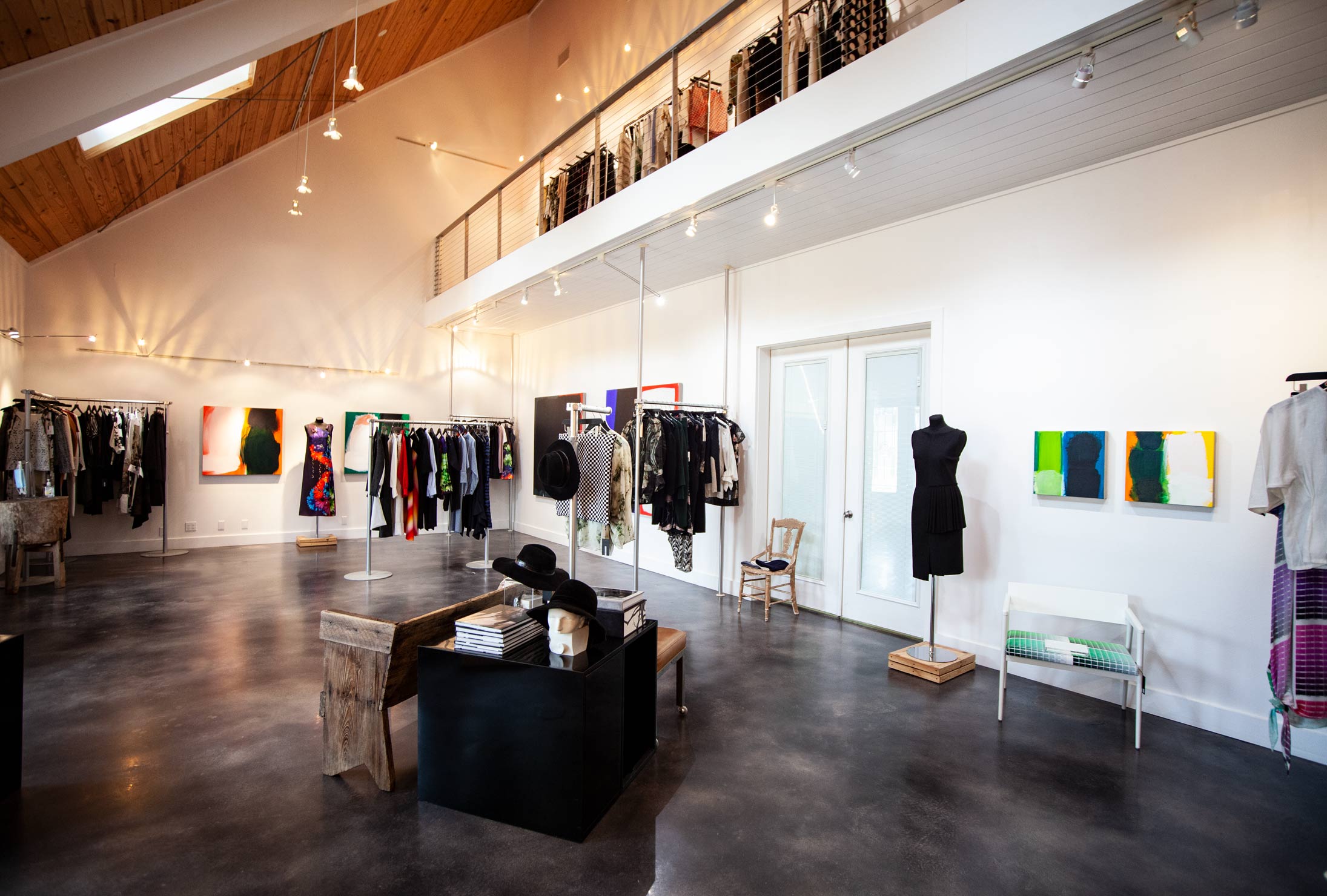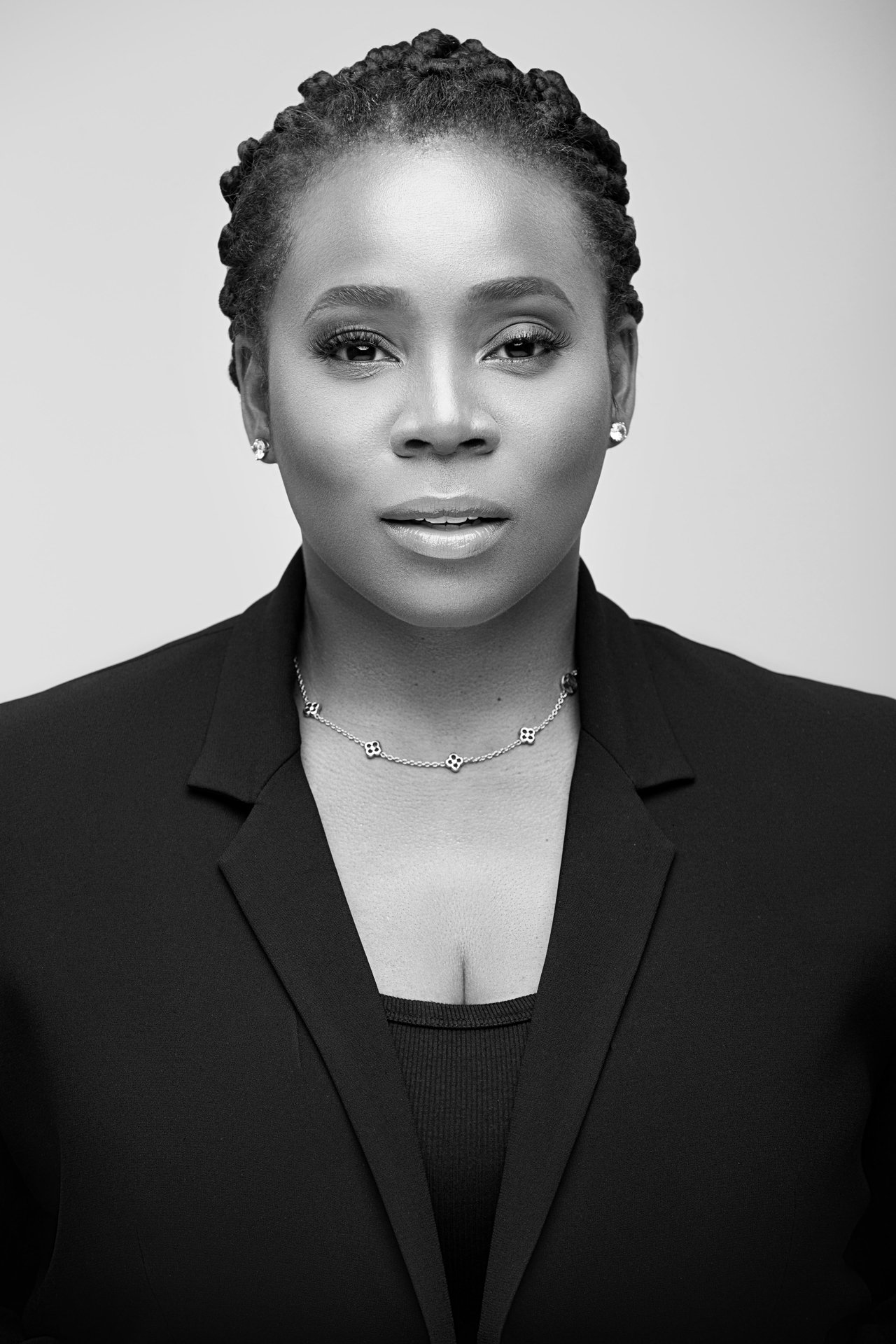Qaysean Williams, Designing with a Disability
February 9, 2021
Sacha Brown


Qaysean Williams is a rising fashion designer, rapper and aspiring actor who is affectionately known as “the one-hand sewing man” because of his ability to cut and sew clothing and accessories with the use of only one arm due to his Erb’s/Klumpke’s Palsy. Williams turned to fashion to mask his deformity and founded his fashion label, Manikin Mob. Williams shares how his experience growing up with a disability influenced his career path and moved him to become a creator and innovator with a “Super-Ability.”
At what point in your life did you realize that only having the use of one hand would not stop you from being a designer?
For me, fashion literally saved my life as a teenager growing up in the inner-city of Trenton, New Jerseywith a disability. Fashion was how I created my identity and how I expressed myself. Initially it was only to distract others from seeing my deformed arm, and then it began to unlock a sense of purpose that I never really felt as a kid. From then on out, fashion became a part of me.
My journey as a fashion designer officially began in 2009. I was skeptical at first because self-doubt about my disability would always creep into my mind. How could I possibly create great fashion in a beautiful way with my “limitations,” especially in a field that usually requires the use of two hands? I began traveling throughout the tri-state area attending fashion shows to network and to get my feet wet in my new field. Seamlessly, I received a lot of great feedback which led to an abundance of new connections and the start of my customer base. The crowning moment was the day when I found out that Hip Hop legend Trina wore a pair of my custom shoes in one of her music videos in 2014, which made the front page of the famous blog (MediaTakeOut). That validation gave me the courage that a guy who uses only one hand could really make beautiful fashions that even celebrities would want to wear. The magic within me emerged and I was creatively inspired to bring more of my designs to life.
You do all your pattern making and cutting, what adjustments/modifications have you made for yourself to do this single handedly?
Throughout my entire life, I’ve had to make adjustments to adapt to the world around me, from learning to dress myself and carry things to even knowing that I truly needed help. As I pause to reflect on this question, I think that I trained my brain early on to automatically make the necessary adjustments best suited for me, just as any fully able-bodied would approach a challenge. It’s like a toddler who finds more satisfaction and enjoyment playing with a box rather than the present inside. It’s all in how you look at the possibilities.
Fashion design is no different, especially for someone like me who enjoys making a gown with a train length of 10 feet. When it comes to pattern making, I use the floor space a lot because I am able to use my foot as my left hand to hold the rulers in place when I need to make grain lines, draw out pattern pieces, and grade them. When it comes to cutting fabric, I use a lot of straight pins to tack my pattern pieces in place. I also use weighted items like coffee mugs, my cellphone, bottled water, or even my eight-year-old niece to hold down certain areas of the pattern when I’m cutting. Rotary cutters are my BFFs because they are easy to use, cuts more consistently than scissors, glides across the fabric with ease and ergonomically designed to reduce fatiguing my right hand. When sewing, I use my left elbow to help guide the fabrics through the machine and sometimes I have to use my mouth to pull out pins. For hand sewing, I typically pin the needle onto my sleeve to hold it in place, as I thread it and then proceed to sew. These are just a few of my techniques.
How are you making design more inclusive for People with Disabilities?
As I think back on the birth of my interest in fashion, I remember designing my own fashion creations and adapting/tailoring clothes to feel included and accepted…to look like my peers, other classmates or friends, and not just a boy with a disability or ‘handicapped,’ to single me out as different.
So as a creator of fashion, I want to create fashion that bridges the gap between accessibility and style by creating garments that do not point out the obvious of someone’s disability. When shopping or getting dressed, why would we (or anyone for that matter) want to think about what we can’t wear? We just want to look good and feel good. My mission is to create adaptive garments that follow the same aesthetics of other brands with modifications in stretch fabrics, textiles, drape, comfort, bling accents, loops, zippers, unique tailoring, mock looks, adjustable straps/lengths, etc. so that anyone can “slay” by expressing and showcasing their uniqueness without the label.

What changes would you like to see unfold in the fashion industry in the near future?
TOTAL representation and inclusion of customers/consumers from the disabled community, LGBTQIA community, and the Black and Brown community being promoted and showcased in more ad campaigns alongside super models for both well-known and luxury brands.
To achieve this goal, it is imperative that creatives such as myself be invited to the table, be allowed to use our voice without prejudice, have a say in product development, be decision makers in the creative, as well as the marketing process so that this demography of people are no longer overlooked. The innovation within these communities is exponential, thus the potential for the fashion industry would be limitless.
In what way do you envision yourself working with brands to help them become more inclusive with their designs?
Wow…that’s a very complex question. I guess the most important order of business would be to break the stigma associated with the terms disabled and disability. Instead of brands thinking of inclusion as a much-hated chore, they should embrace it as a bonus. Truth be told, people who can associate with having a disability represents the majority, not the minority.
Standing tall in myself completely (disability included) as a Black man and LGBTQIA person was lifechanging because I had finally manifested beyond being labeled. I now know that I am capable of achieving just as much as anyone else; and yet, it’s because of these titles, I am more able to do so.
I envision myself working with both luxury and well-known brands, as the voice of the voiceless. In the design and creative process, I aim to ensure garments/accessories keep those fashionable elements identifiable by such brands and are not minimized or altogether deviated from the rest of the collection. My mission is to also guarantee that user-friendly functionality is met within garments without losing style.
I truly believe that these goals are more than attainable with the right visionary at the helm and from someone who lives every day to turn his disability into a “Super-Ability.” Such a display of inclusion would openly embrace all areas of advertisements and marketing in ways that are innovative, fashion forward, cool, unique, and unifying.
What has been your proudest achievement to date?
My proudest achievement was to debut one of my collections during New York Fashion Week (February 2020) for the Carol Galvin Foundation Cancer Fundraising Gala. The long days and nights of creating, putting myself through college to enhance my skillset and knowledge in design, to the many failed attempts and tears shed because of doubt – my faith in God and determination pushed me forward and it all paid off. My dreams of putting on a show where people would give a standing ovation, where models from different backgrounds would grace the runway in Manikin, cameramen and women all around capturing the moments, and most importantly inspire not just myself but people just like me that no matter where you come from or what ‘limitations’ you think you may have, you too can achieve it if you just believe – all came true that day!
What are you looking forward to most for Manikin?
I want it all LOL!!! I know that may sound greedy, but Manikin is bigger than just me. It’s for that little boy or girl who needs inspiration when all hope is dim because they and not alone.
What I am looking forward to the most is taking the Manikin brand global and creating fashion that will change the lives of people across the world, just how fashion has changed my life. Perhaps I’ll write a book or screenplay, open a design school, invent a line of products or accessories…I want to be galactic.
I’m just super excited and humbled to take a part in the culminating stages of diversity and inclusion within the fashion, beauty and entertainment industries by providing my unique twist. Through this journey I pray kids or inspiring designers like me see my journey as an inspiration and know that they too are worthy and capable. Ultimately, I just want to give life to the world through fashion because “With Manikin, you’re sure to come to Life!
Qaysean Williams is a rising fashion designer, rapper and aspiring actor who is affectionately known as “the one-hand sewing man” because of his ability to cut and sew clothing and accessories with the use of only one arm due to his Erb’s/Klumpke’s Palsy. Williams turned to fashion to mask his deformity and founded his fashion label, Manikin Mob. Williams shares how his experience growing up with a disability influenced his career path and moved him to become a creator and innovator with a “Super-Ability.”
IG: @RealLifeManikin
IG: @ManikinMob
Twitter: @RealLifemanikin
Facebook: Qaysean Roe

